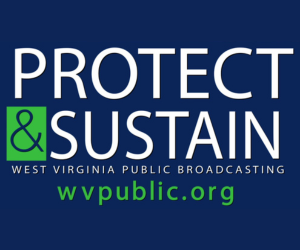The U.S. Fish and Wildlife Service is set to remove 17 fish passage barriers along Potomac River headwaters throughout West Virginia, Maryland and Virginia. It will help aquatic species like brook trout and American eel travel more freely across the region.
Removing barriers like culvert pipes or obsolete dams helps restore local ecosystems, but can also lessen the risk of flooding and help restore local fisheries and fishing communities.
Shannon Estenoz, assistant secretary of the Interior for Fish and Wildlife and Parks, said restoration projects like these are some of the most immediately rewarding for river ecosystems.
“When climate change poses threats to ecosystems, the healthier they are, the more likely they are to be resilient against those changes,” Estenoz said. “So all of those benefits combined make the return on investment enormous.”
Two projects reconnecting more than five miles of habitat have been completed since September, including replacing a failing culvert within the Savage River State Park in western Maryland with a fish-friendly passage. A culvert in West Strait Creek in Virginia was also removed.
“It’s a good example of not just removing infrastructure, sometimes you have to keep the infrastructure there, because folks use it, they either use it for public access to a park or we use it for flood mitigation, risk management,” Estenoz said about the Savage River project. “But by putting in a modern structure or structures, we can redesign it in a way that fish can actually use it.”
An expected 195 miles of habitat are set to be reconnected to the Potomac River by the time the project is finished.
The regional project is part of the National Fish Passage Program, which received $38 million in funding from the Infrastructure Investment and Jobs Act in April. The removal of the Cheat River Albright Power Station Dam, which closed and was deemed obsolete in 2012, was also funded as a result of the national program.
Another $38 million towards the National Fish Passage Program was announced earlier this month.























